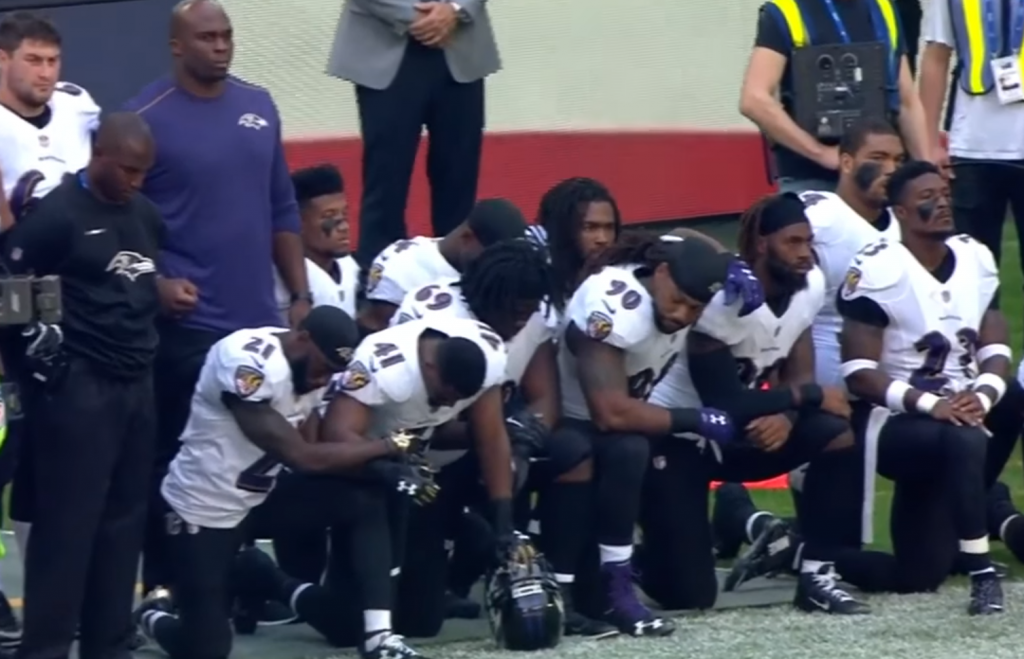
Christopher Hurt is an REL alum who works in tech in Los Angeles. He is best known for his work with the rock ‘n’ roll group, Jamestown Pagans.
To put it lightly, things are going on.
Whether you’re affiliated with The University of Alabama or not, you’ve likely noticed that there’s a lot happening in the country. And while so much of it may seem like new territory (I don’t think I’ve been in the midst of a pandemic before), there’s potentially some familiarity to the picture if you’re looking at it through your academic eye.
In July 2018 Joe Bob Briggs, an American writer and television personality, hosted what was to be his last (thankfully it wasn’t) movie marathon on Shudder. I grew up watching Joe Bob Briggs host TNT’s Monstervision on Saturday nights, oftentimes using the living room VCR to tape record the episode. Briggs has many trademarks, one of which is going into great detail about the film itself, and also going off on excursions about seemingly unrelated topics.
After introducing Clive Barker’s Hellraiser (1987) during the above-mentioned marathon, Briggs has a six minute period of talking about… well, many things, one of which is various possible meanings (and scenarios) of knee-taking.
What strikes me as interesting about that clip (aside from Briggs’ turquoise bolo tie) is that it illustrates, for me, the enormous amount of complexity embedded, and oftentimes taken for granted, in social behaviors that are studied by scholars of religion. For, as Briggs points out when talking about this moment at the start of the game between two NFL teams playing in London, England: one could interpret American football players standing up (after kneeling for the US national anthem) during God Save the Queen as honoring Queen Elizabeth II (as opposed to protesting police brutality).
But rather than focus on the enormity of possible meanings for knee-taking, like Briggs did, perhaps scholars of religion can instead see these actions themselves as performative social sites where group identities are reinforced, and in some cases, reimagined.